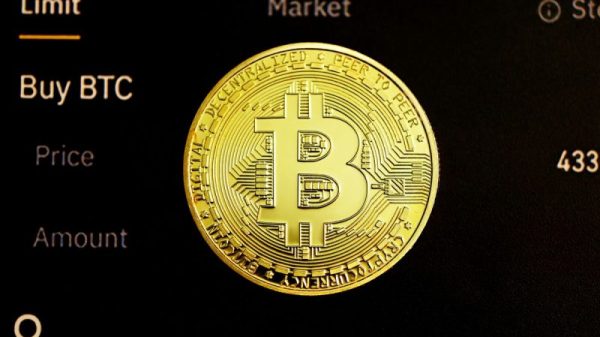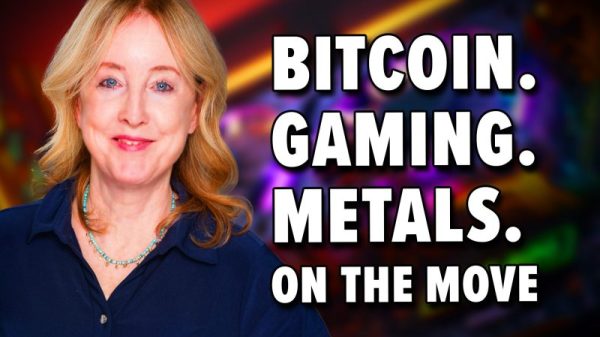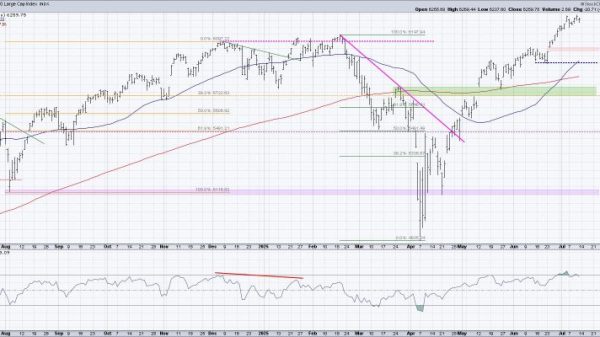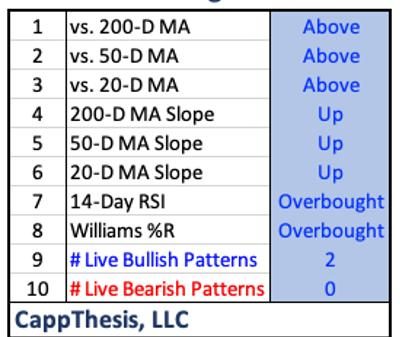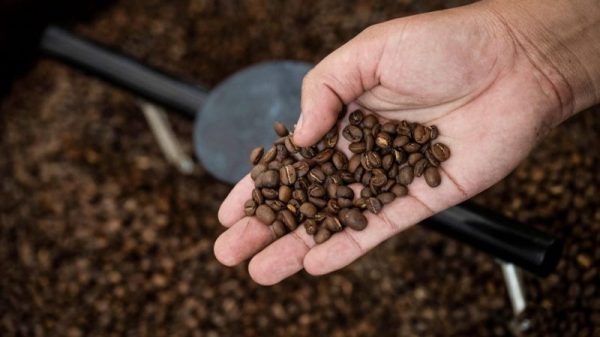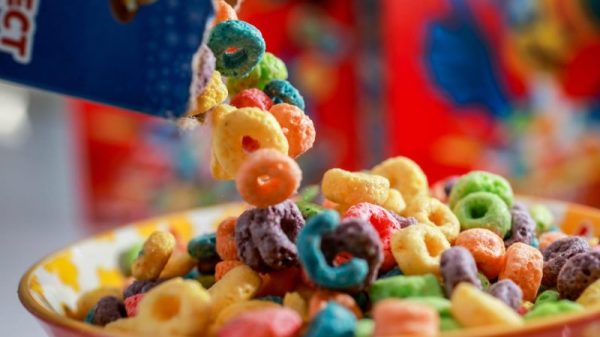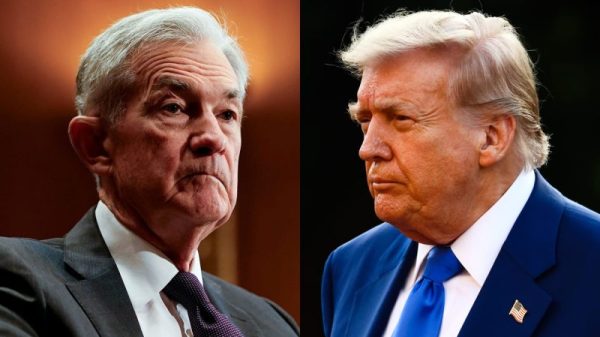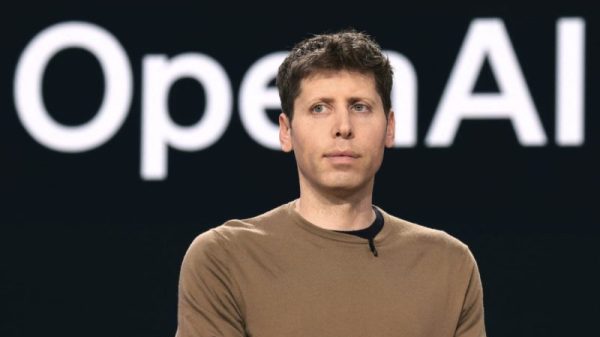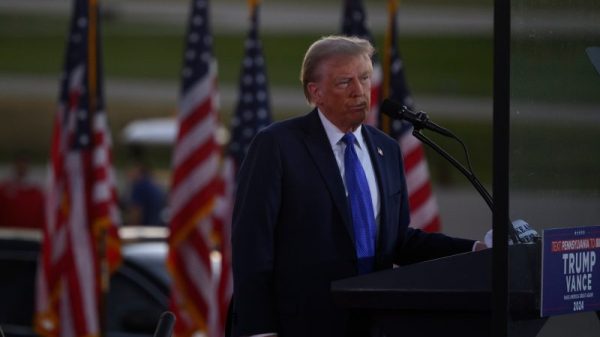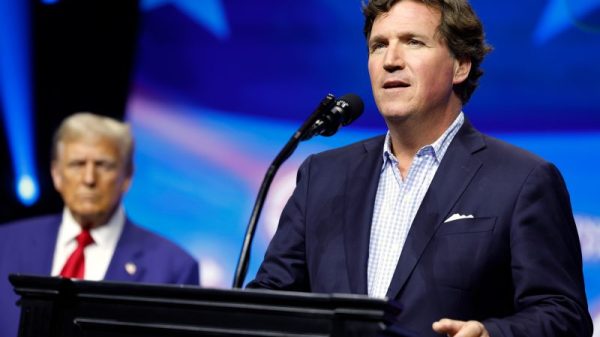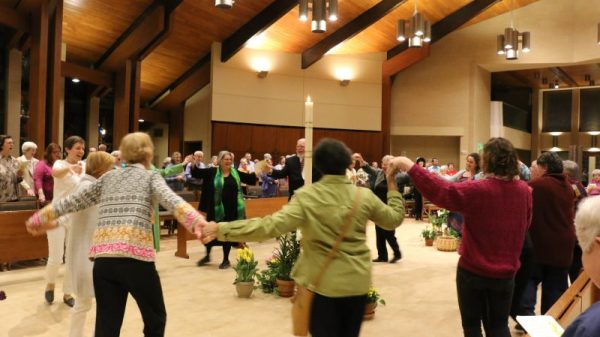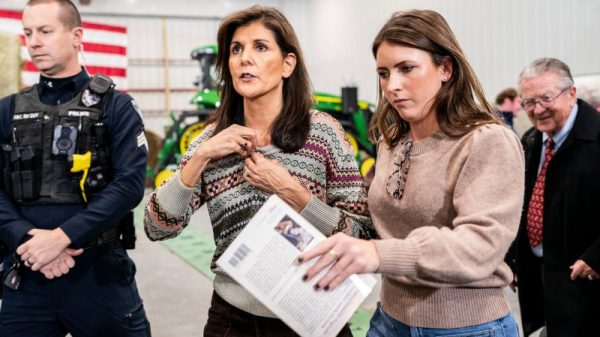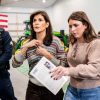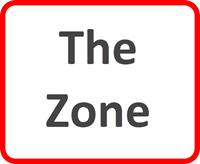“Pharmaceutical medicine has its place, but no single safety study can assess the cumulative impact of one prescription on top of another prescription, and one shot on top of another shot on top of another shot, throughout the course of childhood. We just don’t do that study right now and we ought to. We can and we will. Conditions like autism used to be one in 10,000. Now here in the state of California it is one in 22.”
— Independent vice-presidential candidate Nicole Shanahan, remarks in Oakland, March 26
Shanahan, a technology lawyer tapped by Robert F. Kennedy Jr. to be his running mate in his independent bid for president, has a child who she says was diagnosed with autism. She has said the discovery prompted her to delve deep into research on autism. In her first news conference as a candidate, she devoted a lengthy passage to describing what she had learned, including suggesting that vaccines play a role.
Autism spectrum disorder (ASD) is an umbrella diagnosis covering a range of neurological and developmental disorders that include autism and Asperger’s syndrome. Symptoms and severity vary dramatically from one person to another, but they typically impair a person’s ability to communicate and interact with others or result in restricted, repetitive behaviors.
We checked with five autism experts about her full comments, repeated below, and they said much of what she claimed is misguided, wrong or lacks context. Kennedy himself is a longtime purveyor of falsehoods about vaccines, spreading misinformation. He has repeatedly claimed that vaccines cause autism, despite study after study showing there is no link. (Our colleagues at FactCheck.org last year published a three-part series that closely examined his vaccine claims.)
In recent interviews, Shanahan has expressed skepticism about vaccines but said she and Kennedy are not “anti-vaxxers.” In an interview with Newsweek after being named his running mate, she said Kennedy is “not an anti-vaxxer; he’s just someone who takes vaccine injuries seriously.” In February, she told the New York Times “I do wonder about vaccine injuries,” adding, “I think there needs to be a space to have these conversations.”
The Kennedy-Shanahan campaign did not respond to a request for comment.
Here are Shanahan’s full comments about autism from her news conference:
Let’s address these claims in order.
‘Toxic substances’ and ‘electromagnetic pollution’
This is speculative and so far without evidence. First of all, genetic factors are estimated to contribute a significant portion of risk from ASD, with more than 100 genes identified.
Paul A. Offit, director of the Vaccine Education Center, an attending physician at Children’s Hospital of Philadelphia and author of the 2008 book “Autism’s False Prophets,” said in a telephone interview that there is no evidence that post-birth events, like the environment, result in a diagnosis of ASD, whereas there is increasing evidence of pre-birth factors.
For instance, a significant increase in risk has been found depending on the age of a father, especially if he is in his 40s or older. Moreover, Valproate, a drug used to treat epilepsy and other neuropsychological disorders, has been found to significantly increase the risk if used during pregnancy.
“Every piece of legitimate evidence we have suggests that the causes of autism are present in utero,” said David Mandell, director of the Penn Center for Mental Health at the University of Pennsylvania, in an email. “To the extent that environmental factors are causative, they likely interact with genetic risk factors in the womb.”
“Abnormalities in brain function and organization are likely present during fetal development, even though the behavioral ramifications may not be seen for years in some children,” Catherine Lord of the Center for Autism Research and Treatment at the University of California-Los Angeles said in an email.
Of course, even if a link to air pollution is not yet proved, that does not mean it can be ruled out. “It’s hard to disagree with the opinion that exposure to neurotoxins and air pollution is bad for our health and that we should be doing more to protect our environment and prevent these exposures,” Maureen Durkin, chair of the Department of Population Health Sciences at the University of Wisconsin-Madison, said in an email. “Credible research into the causal links of these exposures to autism specifically is difficult to do but should be done and critically evaluated to inform environmental policies.”
Shanahan told Newsweek that she “wholeheartedly attributes” her daughter’s autism “to environmental toxins.”
‘Our own medications’
“Pharmaceutical medicine” sounds like code for vaccines, given that she links it in the same sentence with “one shot on top of another shot on top of another shot” during childhood — and it’s hard to imagine what that might refer to other than multiple vaccines, a mainstay of childhood medicine. But a link to autism has been debunked in study after study.
Fears about a link between autism and vaccines started in 1998 after the publication of a genuine hoax — the Wakefield study, in the journal Lancet. Based on a supposedly random sample of 12 children, now-discredited anti-vaccine activist and former physician Andrew Wakefield suggested that the measles, mumps and rubella (MMR) vaccine led to gastrointestinal symptoms, which in turn put harmful proteins in the bloodstream that resulted in autism.
Dozens of studies followed, including one that studied 1.8 million children over 14 years, all of which showed there was no link. Eventually, it was revealed that Wakefield had received secret payments from a lawyer seeking to sue MMR manufacturers and who supplied some of the patients, had filed a patent application for his own measles vaccine, and had misrepresented or altered medical histories of the 12 patients. In 2010, the article was retracted and Wakefield lost his medical license.
But the damage has never been erased, as fears about a link between vaccines and autism persist among parents. “There are dozens of studies looking at autism and vaccines, and they don’t show a link,” said Alison Singer, president of the Autism Science Foundation, which has posted dozens of studies on its website. “It is not even a case of needing to do more research.”
‘No single safety study can assess the cumulative impact’
This is a false construct, asking for a study that experts say would be unethical — as a randomized study would require a group that took no vaccines, exposing them to potentially dangerous risks — and would not be informative. “It is an untestable hypothesis,” Offit said.
In 2002, Offit co-wrote a report for the American Academy of Pediatrics that reviewed existing studies and concluded that children respond to multiple vaccines given at the same time in a manner similar to individual vaccines. “Current studies do not support the hypothesis that multiple vaccines overwhelm, weaken, or ‘use up’ the immune system,’ ” the study said. “On the contrary, young infants have an enormous capacity to respond to multiple vaccines, as well as to the many other challenges present in the environment.”
“No single study can assess the cumulative effects of everything (all medicines and vaccines) on autism risk over the life course,” Durkin said in her email. “Neither a randomized controlled trial nor an observational study design would be feasible for this. Most pharmaceutical safety studies focus on one or a few medications or vaccines at a time and invariably find some adverse effects, but if the benefits don’t outweigh the adverse effects, the medication should not be approved.”
Offit and Mandell said the call for a study is an example of Kennedy and other vaccine skeptics often changing the goal posts.
“This is fearmongering,” Mandell said, noting that Wakefield first said autism was the result of the MMR vaccine and no link was found. Then “RFK Jr. said that the thimerosal in vaccines caused autism. Then thimerosal was removed from vaccines, with no change in increasing rates of diagnosis. … Then they said that it was the number of vaccines or the timing of the vaccines.”
‘Autism used to be one in 10,000. Now … it is one in 22 [in California].’
These numbers are in the ballpark but lack context. The percentage of people diagnosed with ASD has gone up mainly because of expanded definitions and better detection. There is no blood test for autism, so a diagnosis is based on observations of a person’s behavior.
“Much of the rise in autism prevalence in recent years is likely due to expansion of the concept of autism from a narrowly defined condition to a spectrum, and to more screening, better tools and training for diagnostic assessments, and more access to therapies and services,” Durkin said. Mandell agreed, adding that there “may be effects of increased parental age and our increased ability to keep compromised infants alive.”
“Infantile autism” was first coined in 1943, But not until 1980 did autism receive its own diagnosis in the Diagnostic and Statistical Manual of Mental Disorders; the category was broadened in 1987 and then again in 1994. Finally, in 2013, for the DSM-5, autism, Asperger syndrome and pervasive developmental disorder-not otherwise specified (PDD-NOS) were folded into a single diagnosis.
That’s why the earliest studies of autism in the 1960s and 1970s estimated that autism was in 2 to 4 people per 10,000, which “led to the impression that autism was a rare childhood disorder,” according to a 2015 book published by the the National Academies of Sciences, Engineering, and Medicine. The 1 in 22 estimate for California is based on a survey by the Centers for Disease Control and Prevention in one county in the state. Nationally, the 2023 CDC estimate of autism prevalence at age 8 years is 1 in 36 children, compared with 1 in 150 children in 2000, when CDC began monitoring the prevalence of autism in the United States.
Indeed, while diagnosis of autism has increased, those of intellectual disability have decreased, indicating that previously children may have been misdiagnosed with other conditions.
Shanahan does not quite say that vaccines cause autism, but she implies it, demanding a study that is not feasible because it would be unethical. She cites numbers that claim that autism has spiked, without acknowledging the main reason is because the definition of autism has been greatly expanded. This is textbook anti-vaccine rhetoric. The overall effect is to cast doubt on the safety of vaccines. She earns Four Pinocchios.
(About our rating scale)
Send us facts to check by filling out this form
Sign up for The Fact Checker weekly newsletter
The Fact Checker is a verified signatory to the International Fact-Checking Network code of principles





